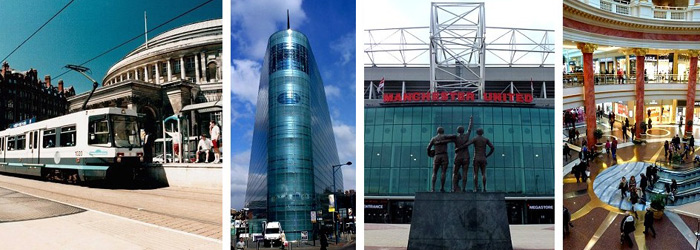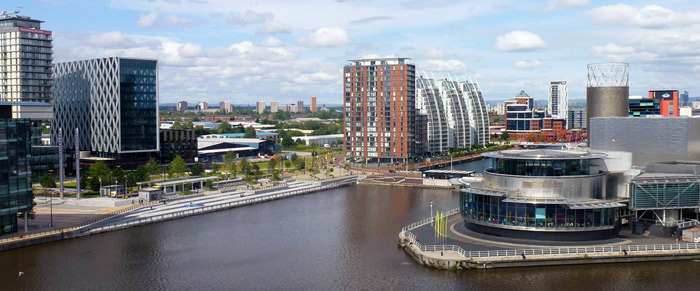Scotland is an increasingly popular place for university students to study, leading to more demand for student housing in Scotland. So how can landlords take advantage of the trend and profit from Scottish student housing?
Scottish universities present a number of attractions to prospective students, perhaps more so than ever before. There is – of course – the unavoidable draw of free education for non-UK EU residents, although there is much more to it than that.
With a number of vibrant and evolving cities, a blossoming music scene and a wealth of history and culture, increasing numbers of young people are being switched on to the benefits of studying in Scotland. Recent figures suggest that overall enrolment is up by around 3%. Scottish universities like Glasgow are planning huge expansion and all those students will need somewhere to live – and that’s where student house landlords come in. Will you be among them?
It is a relatively common trend that new university applicants will spend their first year of study in halls of residence or privately owned student building. However, just a couple of months into that first year, they are already being urged by tutors, parents and peers to begin the hunt for their second year accommodation.
This is one area in which Scottish university cities have failed to keep up with the ever-growing influx of students. The numbers of suitable rental accommodation properties for these young people looking to share with friends and fellow students isn’t coping with the high levels of demand.

So what are students looking for in their rental accommodation? Firstly and most importantly, you will need to be flexible with your lease agreements; most students attend lectures from late September until late in May or early June. This means that a large majority spend at least two months of the year working on placements, going travelling or returning home to their parents’ house.
Students today are more discerning than they might have been in the past. To ensure your property is desirable and rents out quickly, make sure you’re providing all the amenities that they need. Top of the list is fast, reliable wifi, but private bathrooms, double beds and good quality furniture are also hugely important.
Allowing them to sign a nine or ten month contract saves them money (a big factor for students) but also gives you time to recruit new tenants for the following academic year. It means a loss of income over summer, of course, but the yield on student properties is such that you will still be doing well in the long-run.
If your student house is particularly well located and well cared-for then you may even be able to rent it out for summer school accommodation or for short term holiday rentals.
Students also care about the layout of the property more than you would think. Students require their own private, lockable rooms but being the social creatures that they are, they will want suitable and sizeable communal areas to live the active lifestyle that they are well known for.
In recent years, acquiring property and converting into student-friendly accommodation has been a lucrative market: this is still the case. There are many student property specialists who can help you with this if you so require.
They way in which rent payments generally work for student housing is that each tenant will be charged individually. This can result in an amount of extra administration work for yourself or for your property management company but pricing on these properties usually brings in a much more appealing gross income for yourself as the landlord.
The Landlord Link currently has a number of properties available in Scotland. If you wish to get involved in this growing market, have a look here: Rental properties in Scotland.











